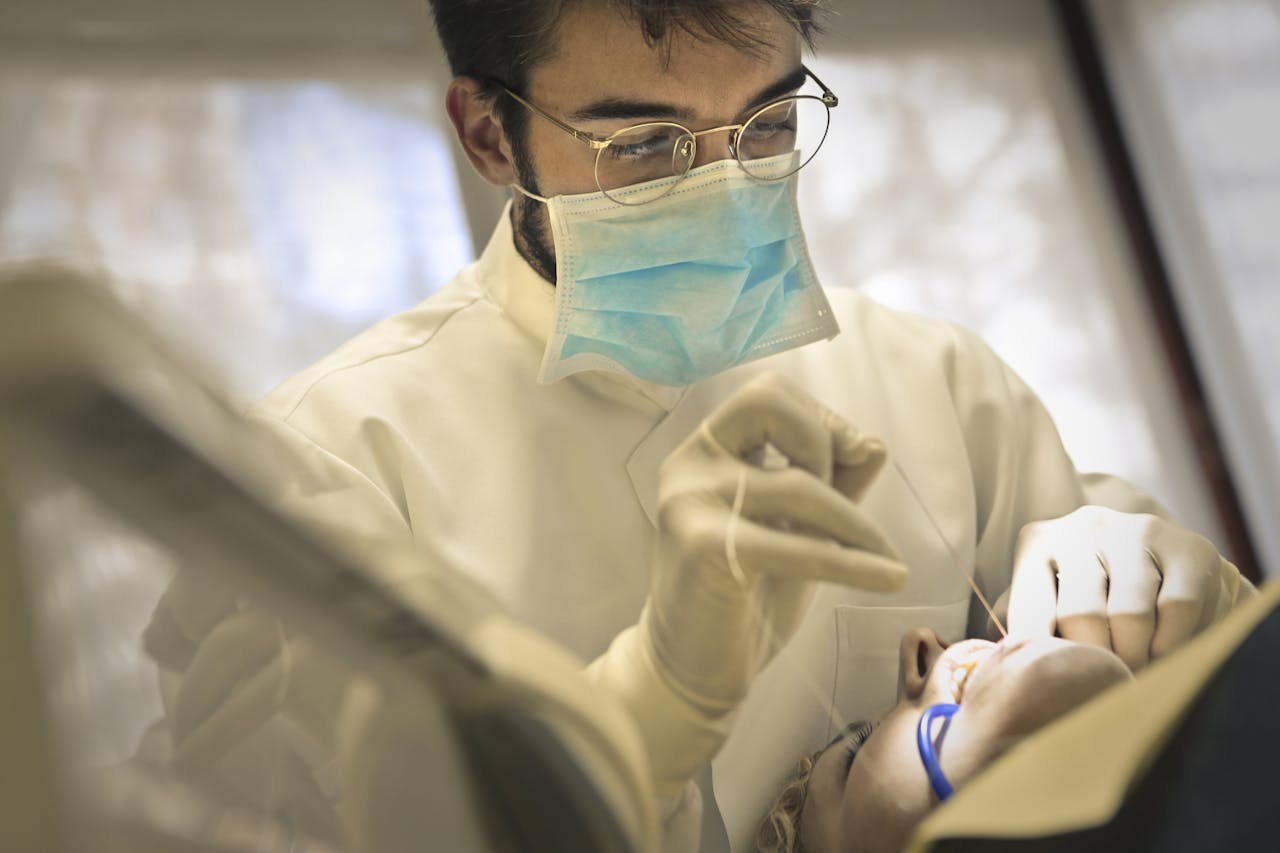Wisdom teeth removal is a common dental procedure that many individuals undergo during their late teens or early twenties. While the surgery itself is routine, the recovery period can pose challenges for those unfamiliar with what to expect. In this guide, we’ll walk you through navigating the recovery period after wisdom teeth removal Sydney, offering insights and tips for a smoother healing journey.
The Initial Hours: Rest and Ice
Immediately after the surgery, it’s crucial to prioritize rest. The initial hours are a time for your body to begin the healing process, and rest plays a pivotal role in this. Applying ice packs to the sides of your face can help minimize swelling. Use a cloth or towel to cover the ice pack and apply it for about 15-20 minutes, allowing your skin to rest in between.
Managing Discomfort: Pain Medication and Prescribed Regimen
Pain and discomfort are common after wisdom teeth removal. Your oral surgeon will likely prescribe pain medication to help manage the initial soreness. It’s essential to take the medication as directed and not wait until the pain becomes severe. Over-the-counter pain relievers can also be used, but always consult with your oral surgeon before combining them with prescribed medications.
Oral Hygiene: Gentle and Diligent Care
Maintaining proper oral hygiene is crucial after removing wisdom teeth in Sydney. However, it’s essential to be gentle around the surgical sites. Use a soft-bristled toothbrush and follow your oral surgeon’s instructions regarding when and how to resume regular brushing and flossing. Rinsing your mouth with a warm saltwater solution can help keep the area clean and promote healing.
Dietary Considerations: Soft Foods and Hydration
In the initial days following surgery, stick to a soft-food diet that doesn’t require vigorous chewing. Opt for soups, smoothies, yogurt, and mashed potatoes. Avoid hot and spicy foods, as they can irritate the surgical sites. Stay hydrated by drinking plenty of water but avoid using straws, as the sucking motion can potentially dislodge blood clots and delay healing.
Swelling and Bruising: Normal Side Effects
Swelling and bruising around the jawline and cheeks are normal after wisdom teeth removal. These effects typically peak within the first 48 hours and gradually subside. Applying ice packs during the initial hours can help minimize swelling. If prescribed by your oral surgeon, Arnica supplements may also aid in reducing bruising.
Activity and Rest: Finding the Right Balance
While rest is essential, some light activity can promote circulation and aid in the healing process. Avoid strenuous physical activities for the first few days, but gentle walks and movement are encouraged. Listen to your body and strike a balance between rest and light activity to support overall well-being.
Follow-Up Appointments: Monitoring Healing Progress
Attend any follow-up appointments scheduled by your oral surgeon. These appointments are crucial for monitoring the healing progress, addressing any concerns, and, if necessary, removing stitches. Communicate openly about your recovery experience, including any persistent pain, swelling, or unexpected symptoms.
Signs of Complications: When to Seek Help
While some discomfort and swelling are expected, certain signs may indicate complications. If you experience severe or worsening pain, excessive bleeding, persistent fever, or signs of infection such as pus or foul odor, contact your oral surgeon promptly. Early intervention can prevent potential issues from escalating.
Navigating the recovery period after wisdom teeth removal requires patience and diligent self-care. Every individual’s healing process is unique, so it’s essential to follow the specific instructions provided by your oral surgeon. To know about the wisdom teeth removal cost in Sydney, talk to an expert today.

